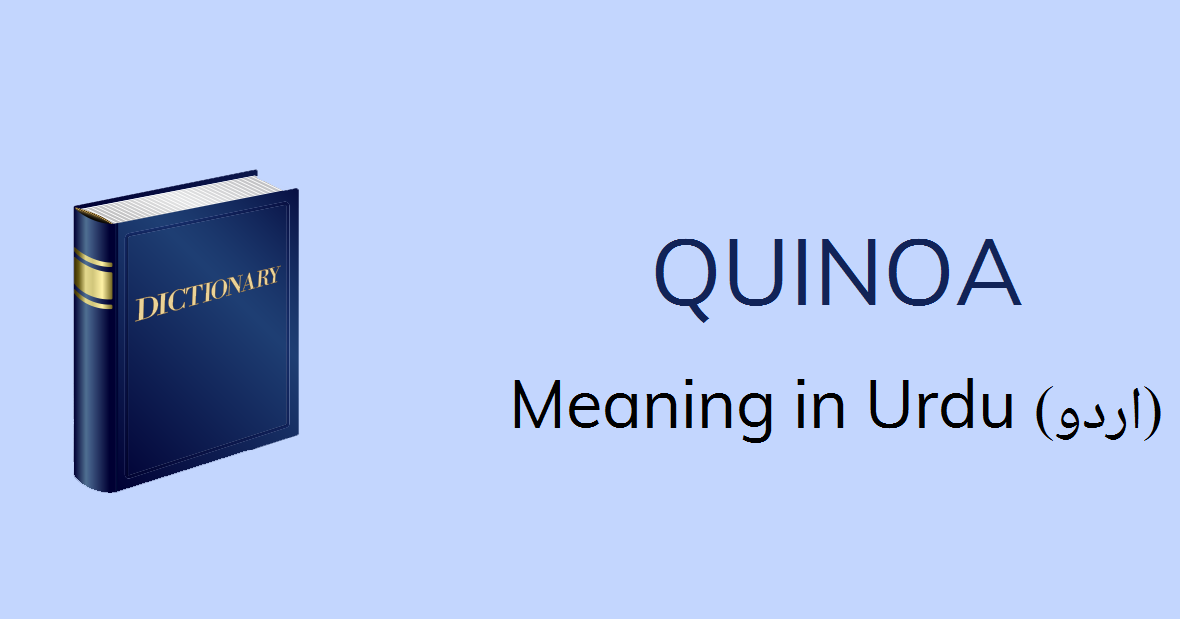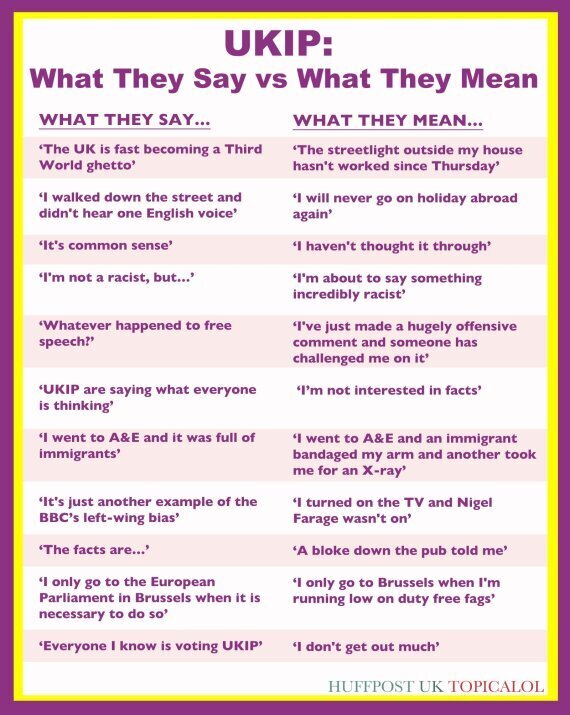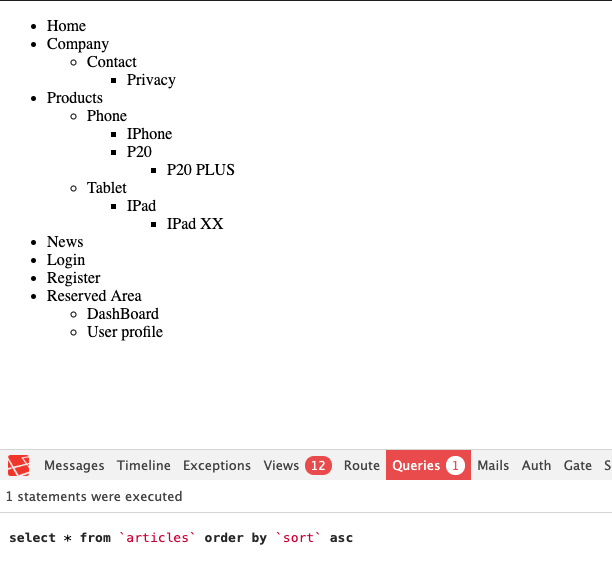Linguistically, Hindi and Urdu are two registers of the same language and are mutually intelligible. Both Hindi & Urdu share a core vocabulary of native Prakrit and Sanskrit-derived words. However, Hindi is written in the Devanagari script and contains more Sanskrit-derived words than Urdu, whereas Urdu is written in the Perso-Arabic script and uses more Arabic and Persian loanwords compared to Hindi. Because of this, as well as the fact that the two registers share an identical grammar, a consensus of linguists consider them to be two standardised forms of the same language, Hindustani or Hindi-Urdu. Hindi is the most commonly used official language in India. Urdu is the national language and lingua franca of Pakistan and is one of 22 official languages of India, also having official status in Uttar Pradesh, Jammu and Kashmir, Delhi and Telangana.
Modern Standard Hindi is based on the Delhi dialect, the vernacular of Delhi and the surrounding region, which came to replace earlier prestige dialects such as Awadhi, Maithili and Braj. Urdu – considered another form of Hindustani – acquired linguistic prestige in the latter part of the Mughal period , and underwent significant Persian influence. He compiled and authored An English-Hindustani Dictionary, A Grammar of the Hindoostanee Language, The Oriental Linguist, and many more. His lexicon of Hindustani was published in the Perso-Arabic script, Nāgarī script, and in Roman transliteration. He is also known for his role in the foundation of University College London and for endowing the Gilchrist Educational Trust.
In the late 19th century, a movement to further develop Hindi as a standardised form of Hindustani separate from Urdu took form. In 1881, Bihar accepted Hindi as its sole official language, replacing Urdu, and thus became the first state of India to adopt Hindi. If you want to improve your english understanding and english to hindi conversions, please visit our daily "Meaning In Hindi" series where we cover a new english word every day and discuss its meaning in hindi. Hindi, or more precisely Modern Standard Hindi, is a standardised and Sanskritised register of the Hindustani language. Hindustani is the native language of people living in Delhi, Haryana, Uttar Pradesh, Bihar, Jharkhand, Madhya Pradesh and parts of Rajasthan. Hindi is one of the official languages of India.
There are 22 languages listed in the 8th Schedule of Indian Constitution. The official language of the Republic of India is Hindi in the Devanagari script and English. This English to Hindi Dictionary pertains is useful for improving your Hindi as well as English. Hindi is the lingua franca of the Hindi belt and to a lesser extent other parts of India .
Outside India, several other languages are recognised officially as "Hindi" but do not refer to the Standard Hindi language described here and instead descend from other dialects, such as Awadhi and Bhojpuri. Such languages include Fiji Hindi, which is official in Fiji, and Caribbean Hindustani, which is spoken in Trinidad and Tobago, Guyana, and Suriname. Apart from the script and formal vocabulary, standard Hindi is mutually intelligible with standard Urdu, another recognised register of Hindustani as both share a common colloquial base. You're risking your emotional and physical health. Many people who are involved in no strings attached relationships can also end up feeling used, hurt, and unimportant due to the very nature of this kind of casual connection.
"While a no strings attached relationship may feel fun in the beginning, it lacks the safety and commitment necessary to form a true meaningful bond with someone," says Slatkin. And physically speaking, this type of relationship may also put your personal wellness at risk as well. Center for Disease Control , 20 million sexually active people get a sexually transmitted infection every year, even though it's preventable. If you're involved in a no strings attached relationship, you risk developing feelings for this other person that may not be reciprocated. "Many who have such an open relationship and are ok with it initially, have a change of heart," says Rabbi Shlomo Slatkin, MS, LCPC and Certified Imago Relationship Therapist. But how can you make sure you understand what's going on once you go out into the world and begin to practice your English?
Often as we begin to practice our new-found language skills, we realize that the way words sound in conversation can be very different from how we learned originally. Accents, speed, slang and idiomatic variances can mean we feel very lost – almost as if the other person isn't speaking English at all. Excessive use of tatsam words sometimes creates problems for native speakers. They may have Sanskrit consonant clusters which do not exist in native Hindi, causing difficulties in pronunciation.
On 14 September 1949, the Constituent Assembly of India adopted Hindi written in the Devanagari script as the official language of the Republic of India replacing Urdu's previous usage in British India. As such, on the 50th birthday of Beohar Rajendra Simha on 14 September 1949, the efforts came to fruition following the adoption of Hindi as the official language. Wallah comes from the Hindi suffix -vālā, meaning "one in charge." Like its Hindi counterpart, "wallah" is commonly used in combination with other nouns. The first use of "wallah" appeared as "lootywallah" in a narrative penned by Officer Innes Munro describing his time deployed on the Coromandel Coast of India in the 1780s. "Looty," or "lootie," was a noun sometimes applied to a member of a band of marauders or robbers.
In the narrative, Munro used the term to describe looting cavalrymen. In current writing, "wallah" is typically accompanied by words like "office" or "marketing." The "Ganga-Jamuni tehzeeb" is one such instance of the composite culture that marks various regions of the country.
Prevalent in the North, particularly in the central plains, it is born of the union between the Hindu and Muslim cultures. Most of the temples were lined along the Ganges and the Khanqah were situated along the Yamuna river . Thus, it came to be known as the Ganga-Jamuni tehzeeb, with the word "tehzeeb" meaning culture. More than communal harmony, its most beautiful by-product was "Hindustani" which later gave us the Hindi and Urdu languages. Hindi is also spoken by a large population of Madheshis (people having roots in north-India but having migrated to Nepal over hundreds of years) of Nepal. Apart from this, Hindi is spoken by the large Indian diaspora which hails from, or has its origin from the "Hindi Belt" of India.
Outside Asia, the Awadhi language with influence from Bhojpuri, Bihari languages, Fijian and English is spoken in Fiji. It is an official language in Fiji as per the 1997 Constitution of Fiji, where it referred to it as "Hindustani", however in the 2013 Constitution of Fiji, it is simply called "Fiji Hindi". Add "bahut" to say "I love you very much." If you really want to express your love for someone else, try adding the word "bahut" before "pyar" in the standard "I love you" phrases above. "Bahut" is a Hindi word that means "very much" or "so much.""Bahut" isn't pronounced like it's spelled — its pronunciation is closer to "bout" with a very light "H" sound in between the o and u than it is to "ba-hoot". Hindi, like many other languages , uses different words for formal and casual situations.
The phrase for "I love you" above is to be used for people you're close and familiar with — people like your significant other, siblings, children, and so on. However, for people who are older than you, authority figures, and people you don't know very well, you'll want to use the formal term "aapse" in place of "tumse". I will work on the relationships that matter to me. All successful relationships require work; they don't just happen.
They exist and thrive when all parties put their hearts and minds in it. In human relationships, the distance is not measured in miles but in love. Two people can be right next to each other and ignore each other completely.
Resolve to stay in daily touch with the people who are important in your life--not because it's easy or convenient, but because they're worth the effort. But in the U.S., the word has been wrangled out of its context and tossed around to mean whatever people want it to. But almost all of the time, it's just plain wrong. When white English speakers fold words from other languages into their lexicon, they're often seen as cultured and worldly (and funny!).
But for people of color, it's a totally different game. Examples are used only to help you translate the word or expression searched in various contexts. They are not selected or validated by us and can contain inappropriate terms or ideas. Please report examples to be edited or not to be displayed. Rude or colloquial translations are usually marked in red or orange.
Related to "ho gaya", "ho jayega" is the future tense combination of "be" and "will go" . This word is often used as an affirmative in response to a question about whether something will happen or take place. "Will the work be finished tomorrow?" "Ho jayega". Make sure it sounds convincing though, as some people feel that it's more polite to give a positive answer rather than a negative one (even if they don't really mean it). Meaning and definitions of what did you say, translation in Hindi language for what did you say with similar and opposite words.
Also find spoken pronunciation of what did you say in Hindi and in English language. © All Rights Reserved.Regarding CopyrightYou can also Get English Hindi Translators from EngHindi. अपने सुझाव हमें इस ई-मेल पते पर भेजें - | इंगहिन्दी.कॉम | EngHindi.com | An English to Hindi Dictionary| A rapidly growing english to hindi dictionary. Many people involved in "no strings attached" relationships enjoy the thrill and excitement of this kind of connection with someone.
Specifically, you get to enjoy intimate time with another person and keep things light while avoiding the possible issues, concerns, and misunderstandings that can arise in a more serious relationship. Says Mahalli, "For these people, a relationship with no strings attached is the perfect balance of fun and intimacy." One of the pros of having a no strings attached relationship is that while you get to enjoy a physical connection with another person, there's no sense of obligation or commitment. Your role is not that of a partner, and rather than providing emotional guidance and support, your time together is strictly physical.
"Not everyone is ready to be tied down by commitment and responsibility," says Adina Mahalli, MSW. Fundamentally, a no strings attached relationship is one in which two people carry on a purely physical connection with one another; there's no emotional connection between them. In other words, a no strings attached relationship implies that you're sexually intimate, but that's as far as your relationship goes, and you're not committed to each other in any way. For example, what's the difference between hanging out and hooking up?
Or take the "no strings attached" relationship—what does that mean? In order to understand this type of casual connection and to see if it's the right choice for you, you should know exactly what this kind of relationship entails. We turned to relationship experts to help us unravel the ins and outs of a "no strings attached" relationship and break down its pros and cons. Hindi also features significant Persian influence, standardised from spoken Hindustani.
Early borrowings, beginning in the mid-12th century, were specific to Islam (e.g. Muhammad, islām) and so Persian was simply an intermediary for Arabic. Later, under the Delhi Sultanate and Mughal Empire, Persian became the primary administrative language in the Hindi heartland. Persian borrowings reached a heyday in the 17th century, pervading all aspects of life. Even grammatical constructs, namely the izafat, were assimilated into Hindi. In Northeast India a pidgin known as Haflong Hindi has developed as a lingua franca for the people living in Haflong, Assam who speak other languages natively.
In Arunachal Pradesh, Hindi emerged as a lingua franca among locals who speak over 50 dialects natively. In practice, the official language commissions are constantly endeavouring to promote Hindi but not imposing restrictions on English in official use by the union government. WikiHow is a "wiki," similar to Wikipedia, which means that many of our articles are co-written by multiple authors.
To create this article, 25 people, some anonymous, worked to edit and improve it over time. Rasa is one of the Hindi words difficult to translate into English because its meaning is so visual. It can also be used more widely to refer to the look or tone of a work of art, although it's translated literally as juice, taste or essence. In South Asia, namaste is mostly heard in Hindi-speaking areas.
There are hundreds of other languages spoken in the region — as a Sri Lankan Tamil, namaste isn't really a word in my family's language. And yet, with brown skin and a name like Kumari, I'm no stranger to being namaste'ed. As Putcha points out, "racism isn't exactly geographically specific." Yoga teachers all over the place teach these overblown interpretations of the word to try to ground their classes in a sense of authenticity, or even holiness.
It helps that the word namaste comes from a language that is unfamiliar to many of the teachers and practitioners of yoga in the U.S. It's much easier to exaggerate the meaning of a word that sounds foreign. Today, among Hindi speakers throughout the world, namaste is a simple greeting to say hello. It's often used in more formal situations, like when addressing someone older or someone you don't know well. Hindi meaning of What do you say, What What do you say means in hindi, What do you say meaning in hindi, hindi mein What do you say ka matlab, pronunciation, example sentences of What do you say in Hindi language.
Meaning and definitions of say, translation of say in Hindi language with similar and opposite words. Spoken pronunciation of say in English and in Hindi. The word is mostly used in informal contexts in American English. 'Happy', on the other hand, suggests contentment or pleasure. Grandparents are usually happy to see their grandchildren — when they see them, they usually break into a smile, not necessarily a dance!
"Sequence of events with reference to official language of the Union". Chandrakanta, written by Devaki Nandan Khatri in 1888, is considered the first authentic work of prose in modern Hindi. The person who brought realism in the Hindi prose literature was Munshi Premchand, who is considered as the most revered figure in the world of Hindi fiction and progressive movement.
Literary, or Sāhityik, Hindi was popularised by the writings of Swami Dayananda Saraswati, Bhartendu Harishchandra and others. The rising numbers of newspapers and magazines made Hindustani popular with the educated people. Post-Partition the Indian government advocated for a policy of Sanskritization leading to a marginalisation of the Persian element in Hindi. As a part of the process of Sanskritization, new words are coined using Sanskrit components to be used as replacements for supposedly foreign vocabulary.
Usually these neologisms are calques of English words already adopted into spoken Hindi. Some terms such as dūrbhāṣ "telephone", literally "far-speech" and dūrdarśan "television", literally "far-sight" have even gained some currency in formal Hindi in the place of the English borrowings (ṭeli)fon and ṭīvī. Much of Modern Standard Hindi's vocabulary is borrowed from Sanskrit as tatsam borrowings, especially in technical and academic fields. Hindi is quite easy to understand for many Pakistanis, who speak Urdu, which, like Hindi, is a standard register of the Hindustani language; additionally, Indian media are widely viewed in Pakistan. Hindi is the lingua franca of northern India , as well as an official language of the Government of India, along with English. Or the person spoken to dictated the verb form.
Say "Main tumse pyar kartha hoon." Though there are several ways to say "I love you" in Hindi, this phrase is one simplest and easiest to learn. As noted above, in Hindi, men and women say "I love you" slightly differently. As a general rule, most masculine verbs in Hindi end with "a", while most feminine verbs end with "ee".
























No comments:
Post a Comment
Note: Only a member of this blog may post a comment.